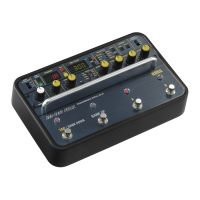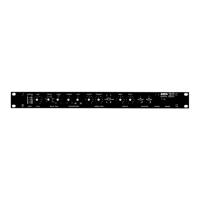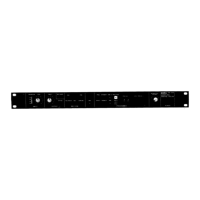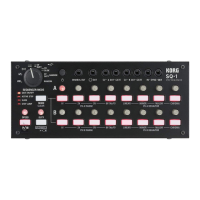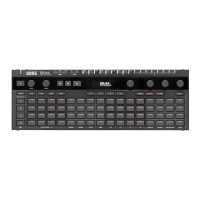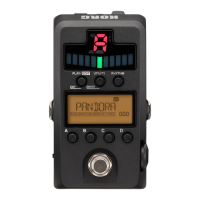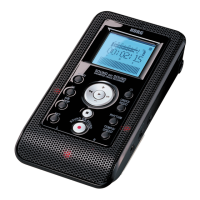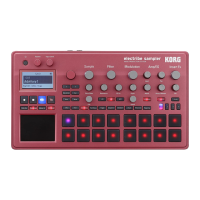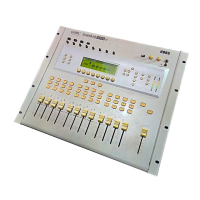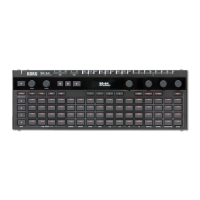USING THE SDD-3000
Three areas ere contained in this section of the manual:
1) Set-up & Connections
2) Using the Programmer
3) Typical Effects
1. Setup & Connections
The following topics ere covered in this section:
A) Input connections
B) Setting Input Level
C) Output Connections
D) Using stereo outputs with low level equipment
E) Balancing Inputs or Outputs
F) Auxiliary Connections
NOTE: All connections ere made using standard 1/4" phone jacks.
Guitar cables or standard patch cords may be used.
NEVER connect a speaker or headphone output from an amplifier to an" jack on the SDD-3000, or serious damage may
be caused to either or both units.
A) Input Connections
Either the front or back Audio Input jack may be used - whichever is more convenient. The following chart gives
recommended settings:
Level Impedance Usage
-30dBm 470K Ohm
Electric Guitar, Electric Piano, other
low output equipment
-10dBm 47K Ohm
Synthesizers, other Keyboards, semi-
pro audio & P.A. equipment.
+4dBm 10K Ohm Pro studio & P.A. equipment
NOTE: Since the SDD-3000 is designed to professional standards, it is assumed that users working with microphones
will be using a mixer or preamp in conjunction with the SDD-3000.
B) Setting Input Level
Once the ATTENUATOR switch has been set properly, the Input LEVEL control should be adjusted carefully in order
to reduce noise to the lowest possible levels while maintaining adequate headroom and avoiding distortion.
'Headroom' is the amount of room there is between the average signal level and the point at which the signal will be
clipped. Since musical sounds normally fluctuate in level a good deal, it's very desirable to maintain some headroom so
that occasional peaks do not cause a momentary distorted sound.
The HEADROOM Meter monitors the total signal level within the SDD-3000, and any overload within the delay
system will show up on the meter. The input signal and delay feedback signal ere both monitored, and the meter
indicates the combined level of both signals. The signal level will rise when medium to high FEEDBACK settings are
used. Therefore, INPUT level should be adjusted while listening to the actual Effect Program that you will be using.
The input LEVEL control should be adjusted so that the maximum signal generally reads around O dB, with the red
LED lighting occasionally.
Some types of input material may require a lower average reading (-5 or -10dB) in order to prevent distortion. Although
the extremely wide dynamic range of the SDD-3000 will provide good results with virtually any type of input signal,
extreme cases (certain types of live vocals, percussion, etc.) may require an external limiter before the SDD-3000 for
optimum results.
C) Output Connections
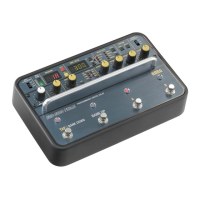
